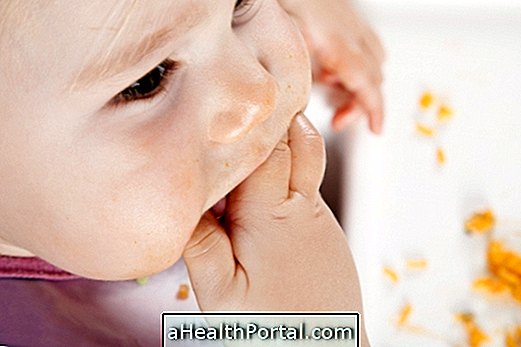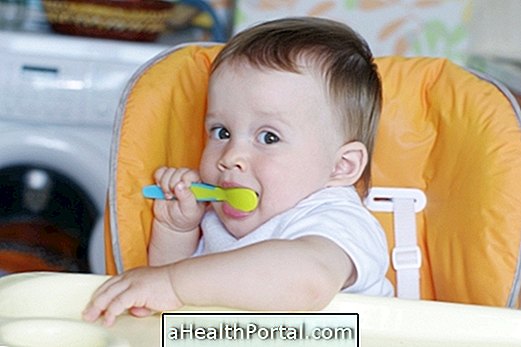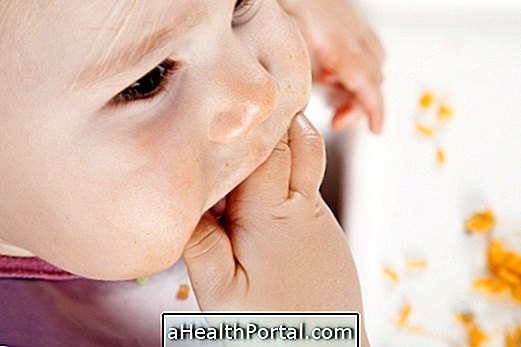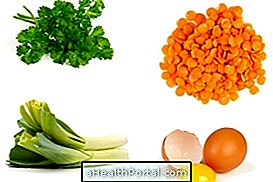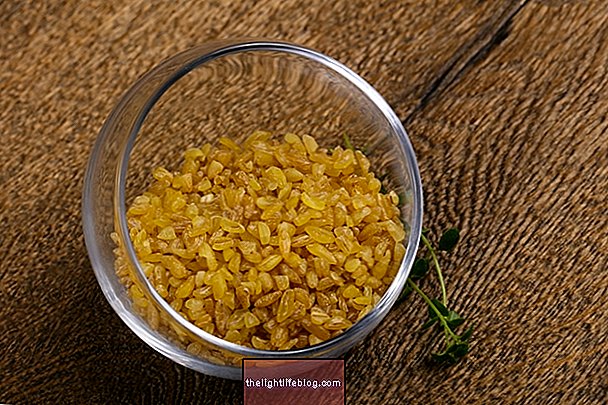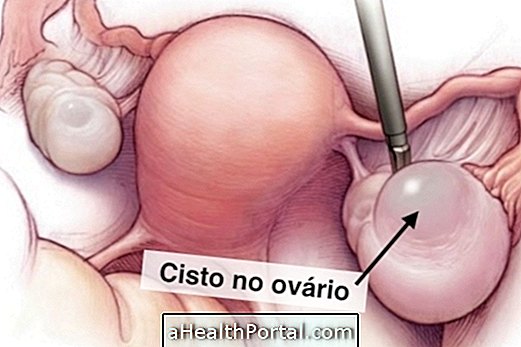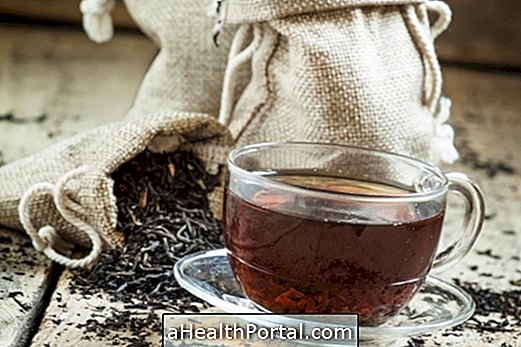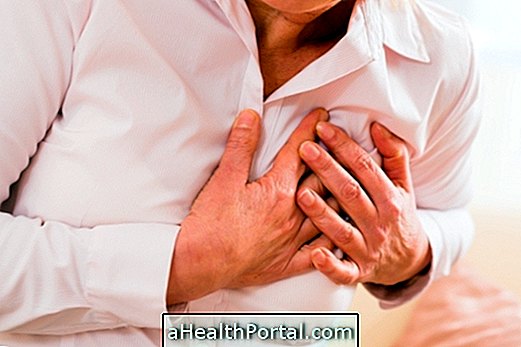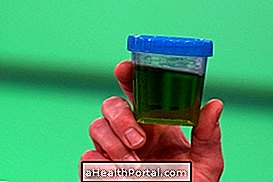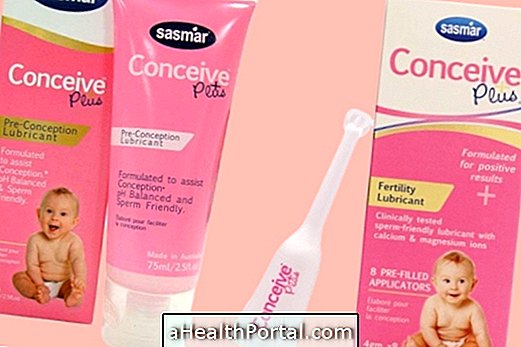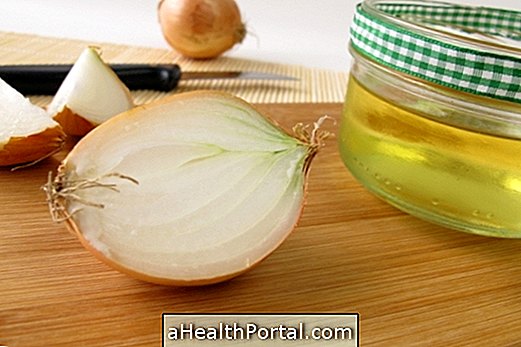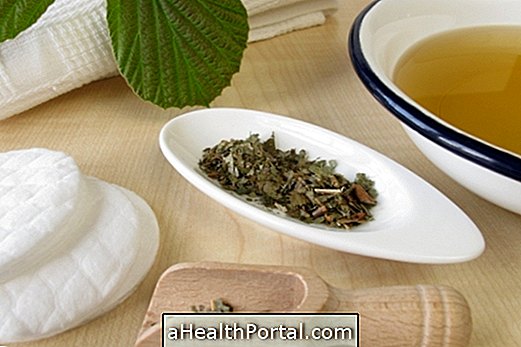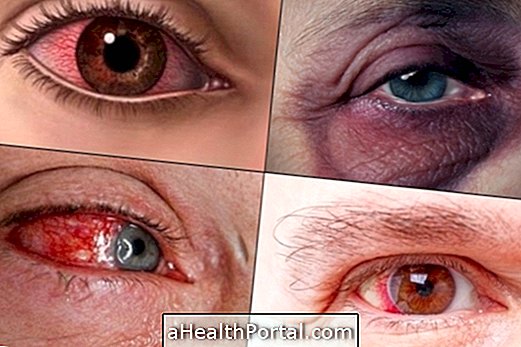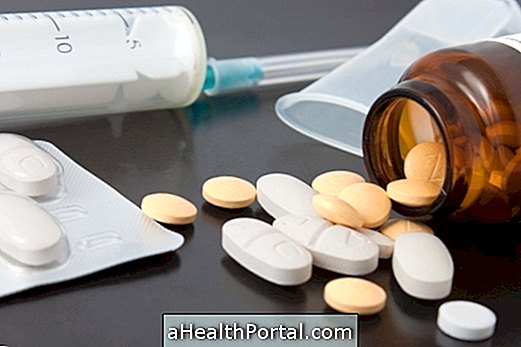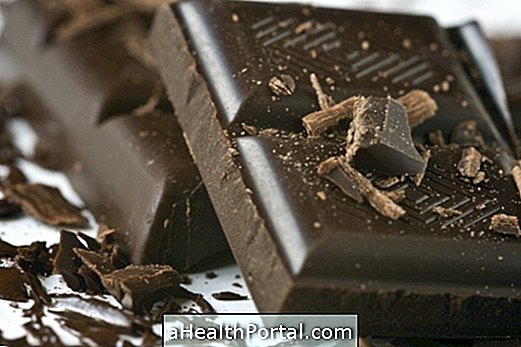The most common breastfeeding problems include cracked sinuses, sour milk, and hard, swollen breasts that usually appear within the first few days after delivery or after a long time of breastfeeding.
Usually, these problems of breastfeeding cause pain and discomfort for the mother; however, there are simple techniques such as the baby making a good handle on the breast or the woman having some care with the breasts, for example, that help avoid these situations and which can be easily resolved with the help of a nurse.
Here's how to solve each of the following issues:
1. Cracked and aching sinus nipple
When the nipple gets cracked, the woman has a cracked and may present pain and blood in the breast. This problem arises because of the baby's wrong position to suckle or dry the nipple and is usually common in the first few weeks after delivery.
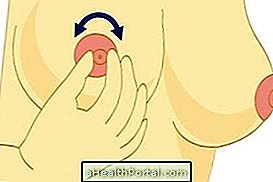

How to solve: This common breastfeeding problem can be solved if the woman takes out and spreads a drop of milk on the nipple after each feeding. If the pain is too strong, the mother should withdraw the milk manually or with a pump and give the baby a cup or spoon until the nipple heals or heals completely.
There are also the nipples that reduce the pain caused by sucking the baby or even ointments with lanolin in the constitution that help to heal the nipple. Also, helping your baby make the right birth control while breastfeeding is critical. Know the position in: Correct position for breastfeeding.
2. Milk stoned
Stoned milk occurs when breast milk does not go out because the breast duct is clogged and the woman feels a lump in her breast as if it were a lump, her skin reddened in this place and a lot of pain.

How to solve: It is important for the mother to wear loose clothing and a bra that supports the breasts without compressing the breast to prevent the ducts from clogging. In addition, a breast massage should be done to remove the milk and avoid mastitis. Here's how to massage the bare sinuses.
3. Swelling and hardening of the breast
Breast swelling and hardening is called breast engorgement and occurs when there is high milk production and may appear around the 2nd day after delivery. In these cases, the woman has a fever and the breast becomes reddish, the skin bright and stretched and the breast becomes so hard and swollen that breastfeeding becomes very painful.

How to solve: To solve the engorgement of the breast it is important to breastfeed whenever the baby wants to help empty the breast. In addition, after the feeding, cold water should be applied to the breasts, with a compress or in the bath, helps to reduce swelling and pain.
When the woman does not resolve the breast engorgement mastitis, which is a sinus infection, can cause symptoms such as high fever and malaise, similar to an influenza. In this case, it is necessary to take an antibiotic, prescribed by the doctor. Learn more about mastitis.
4. Inverted or flattened sinus nozzle
Having the beak of the breast inverted or flat is not exactly a problem because the baby needs to suck on the areola and not the beak of the breast, so even if the woman has her nipple inverted or too small she will be able to breastfeed.


How to solve: For the mother with flat or inverted nipples to breastfeed successfully it is essential to stimulate the nipple before breastfeeding. Thus, the stimulation of the nipple so that it becomes more visible can be done with the pump to withdraw the milk and should be done for 30 to 60 seconds always before breastfeeding or using an adapted syringe.
If these techniques are not possible, artificial nipples can be used that are applied to the breast and help to breastfeed. See more tips for breastfeeding with inverted nipples.
5. Low Milk Production
Producing little milk should not be seen as a problem, as it does not endanger the health of the woman or the baby, and in these cases, the pediatrician indicates the use of artificial milk.

How to solve: To increase milk production, you should let the baby nurse whenever he wants and for as long as he wants, offering both breasts at each feed. The mother should also increase the consumption of water-rich foods such as tomatoes or watermelons, for example, and drink 3 liters of water per day or tea. Find out which teas are less suitable during breastfeeding.
6. Production of lots of milk
When there is high milk production, there is a greater risk of developing fissures, breast engorgement and mastitis. In these cases, due to excess milk breastfeeding becomes more difficult for the child, but will not bring any harm to health.


How to solve: You should try to remove the excess milk with a pump and keep it in the fridge, and can be given later to the baby. It is also important to always use a silicone nipple shield to avoid excess moisture. Here's how to store milk.
Tips for Avoiding Common Problems of Breastfeeding
To avoid some common problems of breastfeeding, such as breast engorgement, mastitis and nipple fissure, it is essential to have some breast care daily, such as:
- Wash the nipples only once a day with warm water, avoiding using soap;
- Let the baby drop the breast spontaneously or, if necessary, place a finger gently on the baby's mouth so as to stop sucking and never pulling the baby's mouth from the breast;
- Apply a drop of milk on the nipple and areola, after each feeding and after bath, as it facilitates healing;
- Expose the nipples in the air, whenever possible, in the feeding interval;
- Avoid making the nipples moist and should use silicone nipple protectors.
These measures should be taken during the period in which the woman breastfeeds and should be kept on a daily basis to avoid complications.
